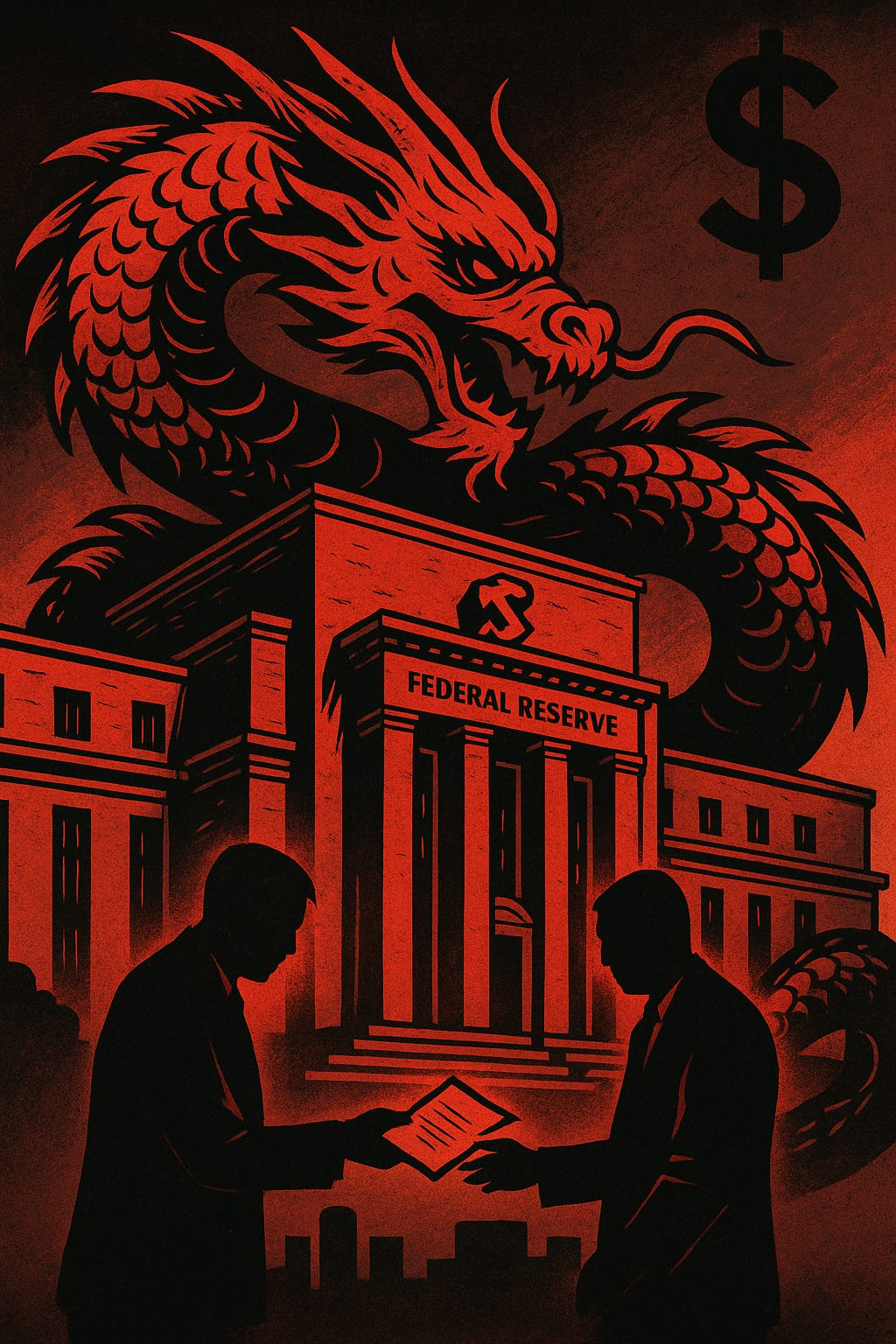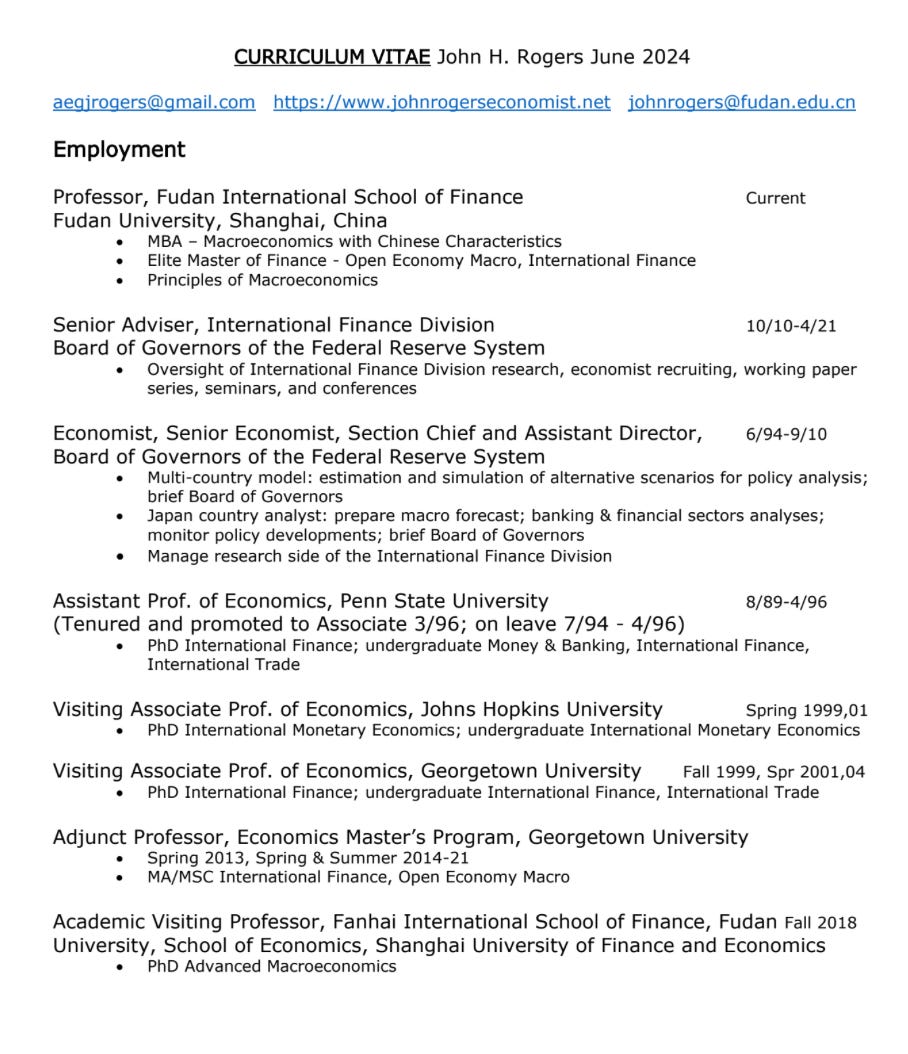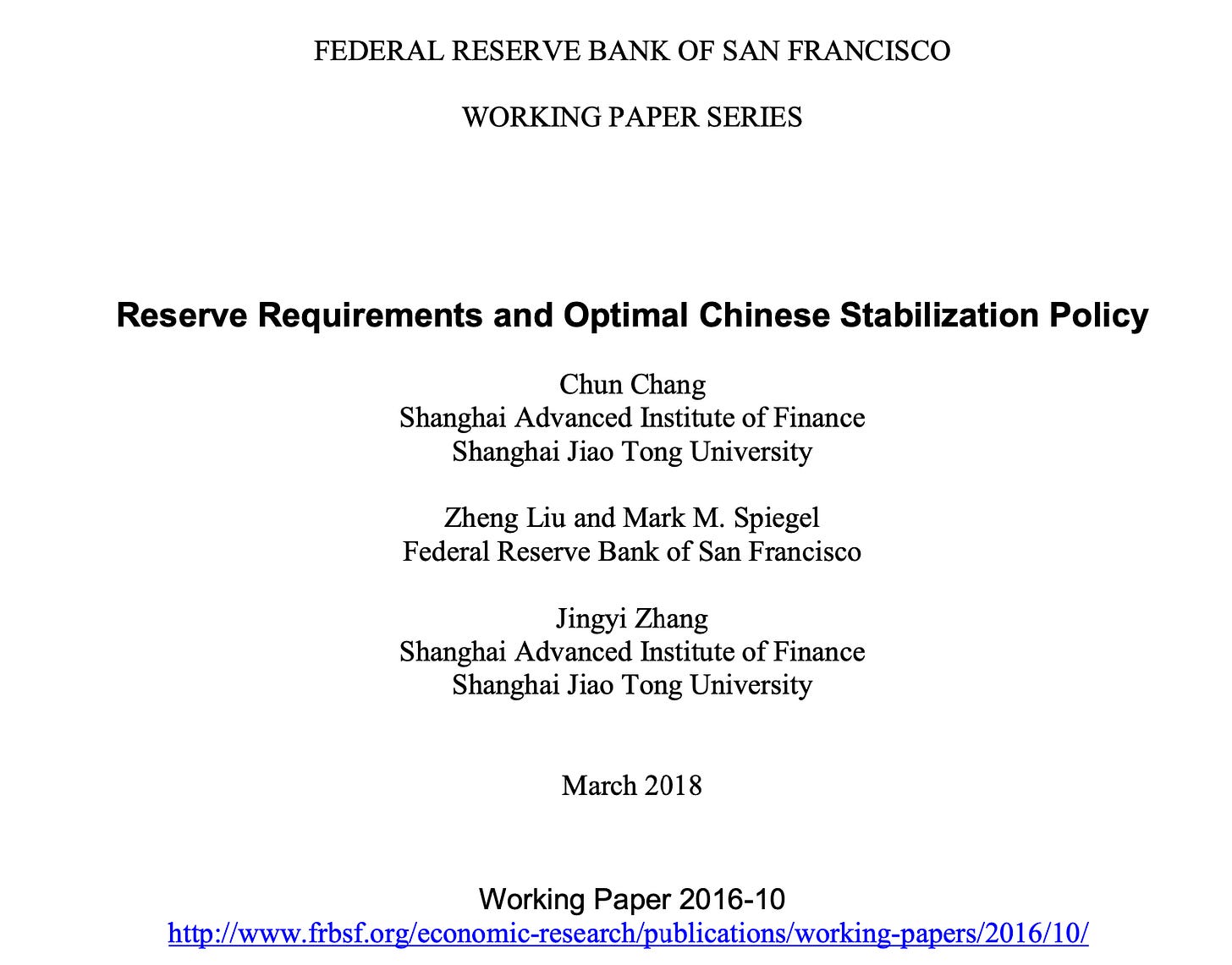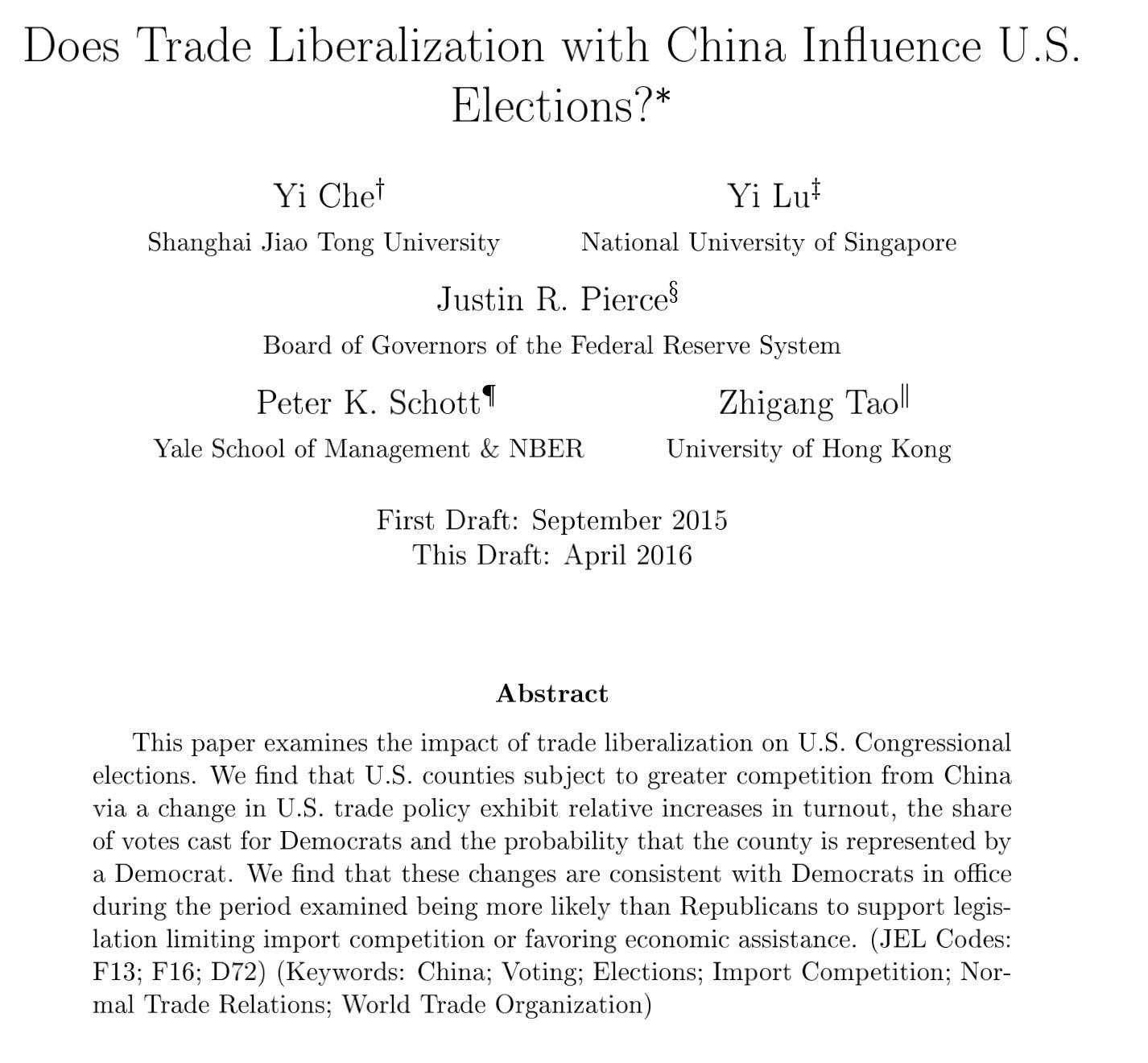DC was established by Congress under the Residence Act of 1790, allowing President George Washington to select a site for the federal capital along the Potomac River, not exceeding 10 miles square (100 square miles).
Land was ceded by both Maryland (about 69 square miles) and Virginia (about 31 square miles) to form this diamond-shaped district that we now call D.C..
The cessions were formalized; Virginia transferred its portion in 1790, and Maryland followed in 1791.
This included areas like Georgetown (from MD) and Alexandria (from VA).
By the 1840s, many residents in the Virginia portion of DC felt neglected by Congress, faced economic stagnation, and believed slavery would soon be abolished in D.C.
In 1846, Congress passed legislation retroceding the Virginia portion—now Arlington County and the City of Alexandria—back to Virginia.
President James K. Polk signed it into law
That law reduced D.C. from 100 square miles to about 68, establishing retrocession as a viable, constitutional path.
Virginia’s land was returned without issue, and it thrives today as part of Virginia, not D.C..
In spite of that precedent, some argue that D.C. should now become a state.
But D.C. alone (rather than as part of Maryland) doesn’t meet the criteria we’ve historically applied to statehood.
Although the Constitution doesn’t specify minimum population or geographic size, our states have been admitted as territories with balanced economies—agriculture, industry, and diverse resources.
We have “never” admitted a state that consists of just a single, geographically compact, urban enclave—whether heavily dependent on the federal government (as D.C. is) or otherwise.
D.C. lacks anything close to the industries, natural resources, opportunities for growth, and amenities found in literally every other state.
It’s just a city—one city—and therefore can’t be accorded the status of a sovereign state using the time-honored criteria.
More importantly, the Founders quite intentionally created D.C. as a “neutral” federal district to serve as the seat of the U.S. government under Article I, Section 8.
They did so specifically to prevent any one state from wielding undue influence over the national government.
Making DC a state would subject the seat of the U.S. government to a state, entangling the capital city in that state’s politics.
It’s not about partisanship. It’s about preserving the constitutional design and preventing our nation’s capital from becoming subject to one state.
To give D.C. residents representation in Congress, we could instead follow the Virginia precedent. Retrocede most of D.C. to Maryland, excepting a small corridor—just a few blocks stretching from the White House to the Capitol and the Supreme Court.
This small federal enclave would remain under congressional control—allowing the centers of power in Washington to remain under exclusively federal control—while the rest of D.C.’s residents would gain full voting rights and representation as Marylanders.
This solution would give D.C. residents what they deserve—state-level representation—without upending the Constitution or creating an anomalous micro-state.
This approach would be practical, historical, and fair.
Maryland ceded the land that’s now D.C. at the dawn of our constitutional republic. It can absorb it back again, just as Virginia absorbed its previously ceded territory in the 1940s.
Let’s prioritize the Founders’ vision over political power grabs.
D.C. should either remain a federal district or revert back to Maryland. But it’s not a state, and shouldn’t be considered for statehood (unless it’s to be part of Maryland again).





















































